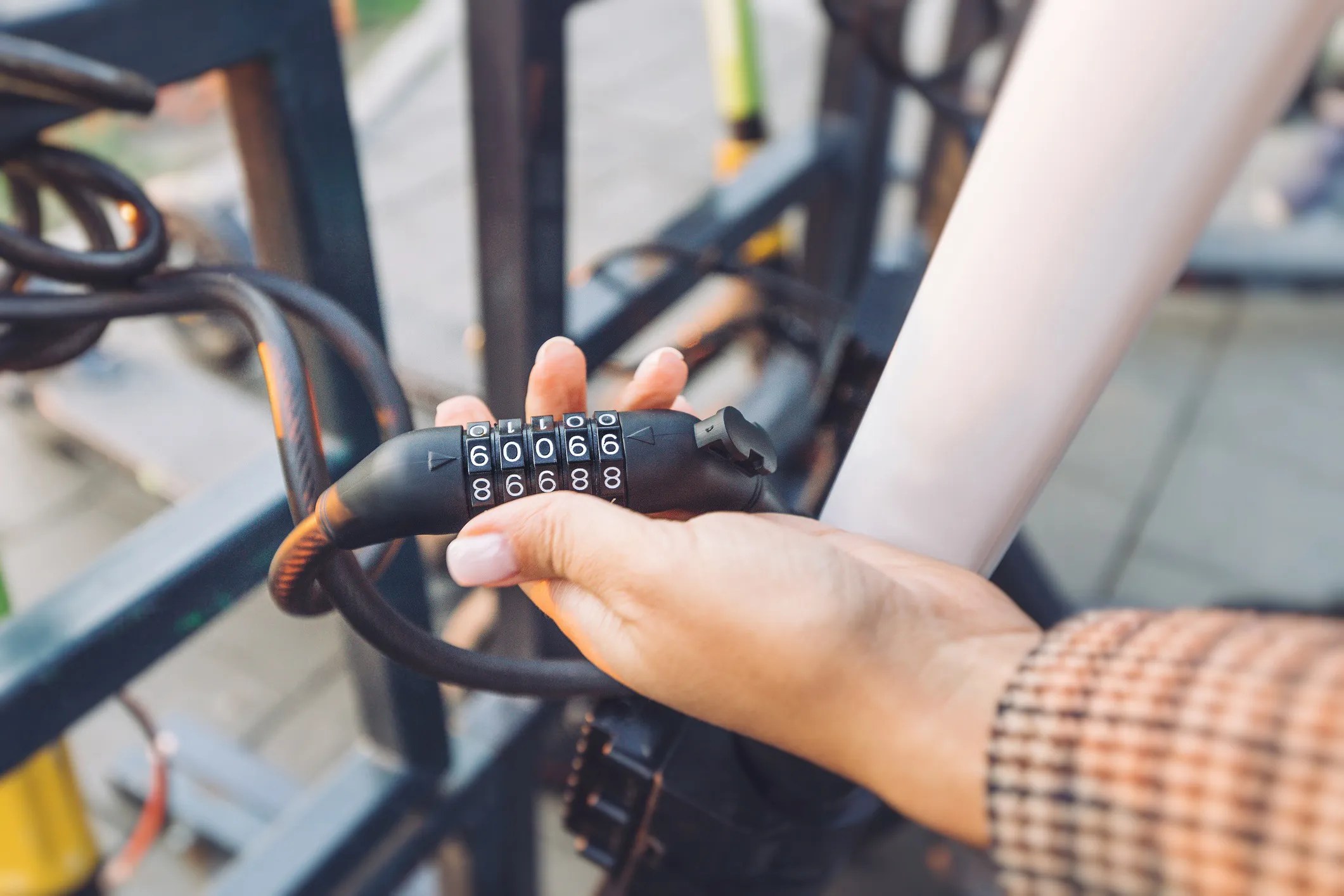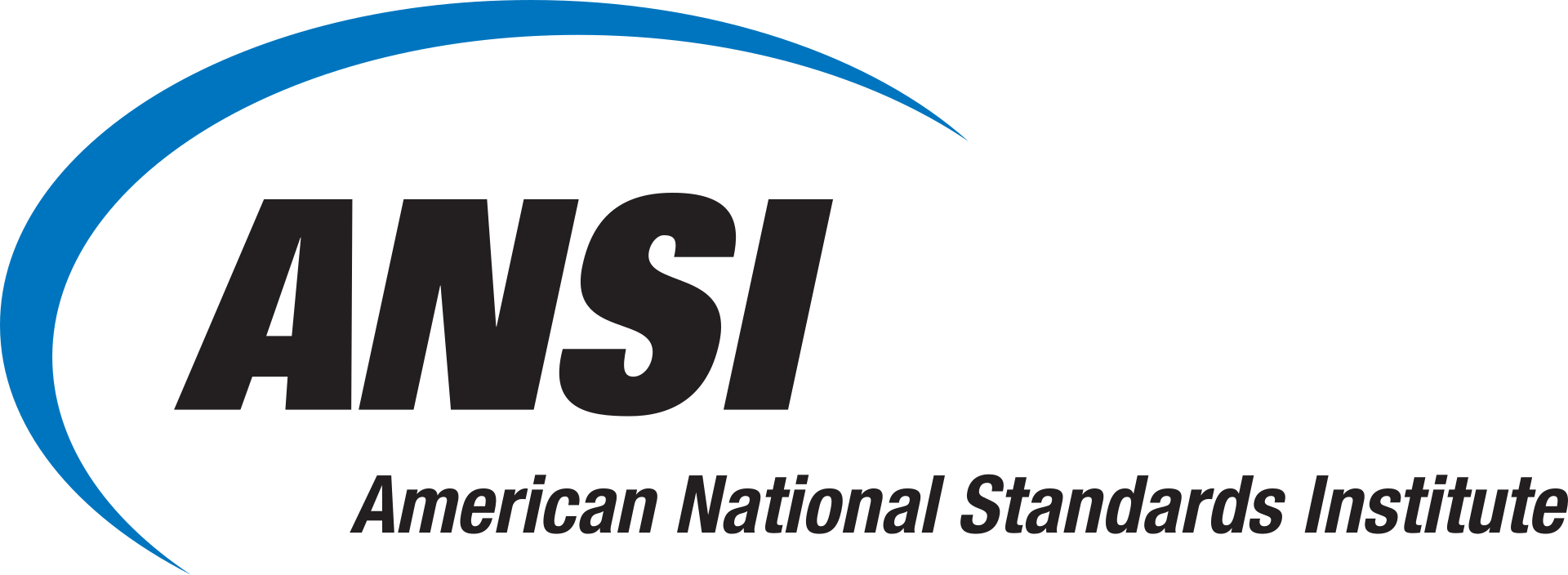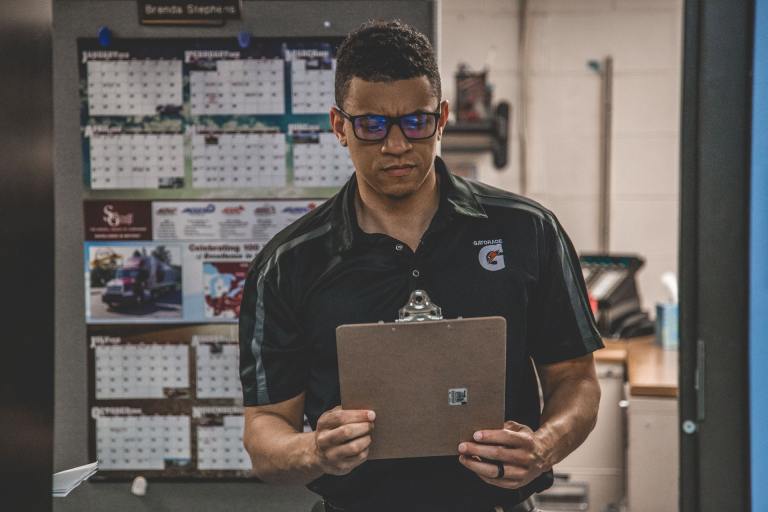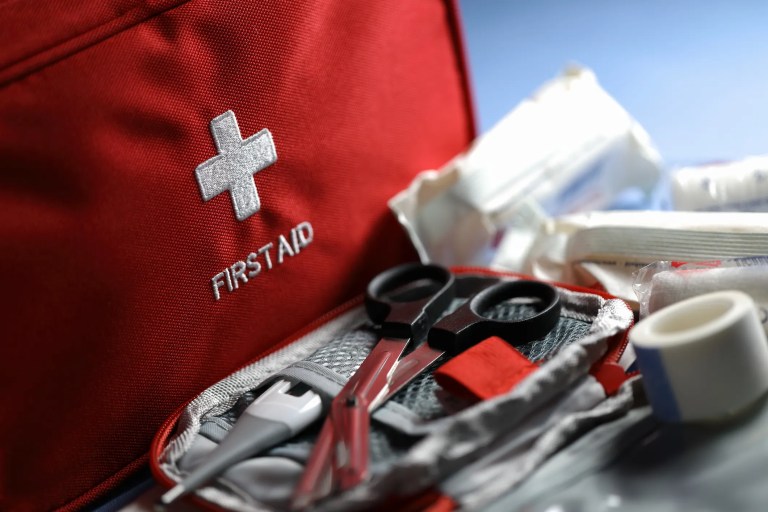Standards You Rely on Every Day (Without Knowing It)

Have you ever wondered why every lightbulb fits in the same socket, why safety signs look the same everywhere, or how elevators always seem to function? The answer lies in standards—the hidden framework behind our modern lives. They are not just guidelines for engineers or manufacturers to follow but the backbone of a functioning, safe society. Let’s pull back the curtain on some of the surprising ways standards shape our daily routine.
Home Standards You Didn’t Know You Use
Wi-Fi and Bluetooth
Whether it is your smartwatch or smart TV, IEEE 802.11-2024 (Wi-Fi) and IEEE 802.15-2023 (Bluetooth) assure that your devices can connect wirelessly with others globally.
Lighting
Do you remember the last time you changed a ceiling light or the light in your lamp by your couch? IEC 60598-1:2024 is a cornerstone standard for the lighting industry, assuring the safety and performance of luminaires. It applies to various types of luminaires found in homes, such as chandeliers, wall lights, table lamps, and ceiling lights.
Coffee
If you need caffeine to get through the work day, you can thank ISO 20481:2008 for assuring the consistency and accuracy of caffeine content information in coffee products. This standard specifies a high-performance liquid chromatography (HPLC) method for the determination of the caffeine content of coffee.
After selecting your preferred caffeine content, it is time to brew your coffee with your household coffee machine. Helping prevent your electric coffee machine from overheating, shock, and fire risks, UL 1082 Ed. 6-2009 covers safety requirements for a variety of appliances used for brewing and heating liquids in a household setting.
Plumbing Fixtures
Plumbing standards assure faucets and showers deliver water safely and efficiently, prevent leaks, and comply with hygiene and performance benchmarks. ASME A112.18.6/CSA B125.6-17-2017 (R2021) establishes requirements for flexible water connectors used in potable water systems under continuous pressure and in accessible locations only. Hence, this standard plays a crucial role in our daily lives by assuring the safety, performance, and efficiency of the plumbing fixtures we use every day.

Standards Behind the Wheel: What Keeps Your Car Safe
Tires
Whether you drive to your soccer game or take a cab to dinner, the tires on that given vehicle meet safety requirements. SAE J 2657-2004 (SAE J2657-2004) defines tire labeling, load ratings, and performance requirements so you stay safe on the road to your next destination.
Vehicle Rearview Mirrors
Have you ever wondered why vehicle rearview mirrors are properly sized and positioned for visibility and driver safety? You can thank SAE J 3155-2021, which provides test protocols with performance requirements for camera monitor systems (CMSs) to replace existing statutorily required inside and outside rearview mirrors for U.S. market road vehicles.
Collision Prevention
Collision prevention (i.e., technologies and systems designed to help vehicles, avoid collisions) is increasingly being integrated into our daily lives thanks to standards like ISO 22839:2013, which focuses on performance requirements for forward collision warning systems. It specifies the concept of operation, minimum functionality, system requirements, system interfaces, and test methods for Forward Vehicle Collision Mitigation Systems (FVCMS).
Charging Equipment for Electric Vehicles
If you drive an electric vehicle, you will at some point need to find charging equipment. IEC 61851-23:2023 applies to the EV supply equipment to provide energy transfer between the supply network and electric vehicles (EVs).

Office Safety and Efficiency: The Standards Behind Your Workday
Date and Time Formats
If you coordinate with others internationally, ISO 8601-1:2019 defines a universal date format (YYYY-MM-DD), used in scheduling apps, logs, and databases.
Elevators
Chances are that the elevator you used to get to the office this morning complied to a standard. ASME A17.1/CSA B44-2022 assures that elevators are structurally sound, function safely, and include fail-safes (e.g., braking systems, emergency communications).
Electrical Outlets and Plugs
Did you plug in your phone or computer today? ANSI/NEMA WD 6 defines plug and outlet configurations across North America. Whether you are charging a laptop or powering your coffee maker, the fact that the plug fits the socket is thanks to this standard.
Glass in Homes and Buildings
Next time you are at the office and a storm comes down, pelting the glass windows—you can thank ANSI Z97.1-2015 (R2020) because this standard assures that glass in homes and buildings will not dangerously shatter or break under impact. This standard establishes the specifications and methods of test for the safety properties of safety glazing materials as used for all building and architectural purposes.
Paper Sizes
U.S. Letter (8.5 x 11 inches) and legal paper sizes are standardized—enabling printers, copiers, and filing systems to work seamlessly in offices, schools, and homes. So, the next time at work when you are tasked to print a document, you can think of INCITS 151-1986(S2007). This standard lists the preferred and common sheet sizes of bond papers and index bristols and their applicable tolerances.
Fire Extinguishers
Fire extinguishers in public and private spaces must meet design, testing, and placement requirements—saving lives during emergencies. NFPA 10-2022 provides requirements to assure that portable fire extinguishers will work as intended to provide a first line of defense against fires of limited size.

Standards You Use for Extracurricular Activities or Errands
Padlocks and Locks
If you went to gym today and used a locker or needed to lock your bike outside, you can thank ANSI/BHMA A156.5-2020. This standard establishes requirements for mechanical cylinders, electrified input devices, and push button mechanisms, which include operational and strength tests. It guarantees that locks meet performance grades for strength, durability, and security.
Barcodes on Products
From your groceries to your deliveries, barcodes follow a standardized format. ANSI MH10.8.2-2021 enables universal product scanning at stores and warehouses.
Food Equipment Sanitation
In commercial kitchens, food prep surfaces and storage areas must be easy to clean and sanitize—preventing contamination and protecting public health. NSF/ANSI 2-2022 covers bakery, cafeteria, kitchen, and pantry units, and other food handling and processing equipment such as tables and components, counters, tableware, hoods, shelves, and sinks. Next time you go out for dinner and are eating that cheeseburger or spicy tuna roll you were craving, you thank NSF/ANSI 2-2022 for setting requirements that assure the safety and sanitation of items used daily in food preparation and service.

Standards Used for Worker Safety
Protective Gloves
ANSI/ISEA 105-2024 addresses the classification and testing of hand protection for specific performance properties related to chemical and industrial applications. Safety gloves come labeled with cut, puncture, and abrasion ratings based on this standard, guiding workers in industries from construction to manufacturing.
High-Visibility Clothing
Those neon vests worn by construction workers or emergency responders are not just for show. They meet standards for visibility, reflectivity, and durability to prevent accidents. ANSI/ISEA 107-2020 sets forth criteria related to the general design requirements, testing and performance requirements and product labeling for high-visibility safety apparel used to enhance the presence of a wearer.
Medical Devices
AAMI standards cover everything from IV pumps to sterilization procedures in hospitals follows strict standards to assure performance, safety, and hygiene.
Safety Signage
Safety signage significantly impacts your day-to-day life by influencing the safety information you encounter on various products. ANSI Z535.4-2023 provides a comprehensive framework for safety signs and labels used on products and in workplaces. This includes guidance for product safety signs, hazard alerting signs, safety notice signs, and safety instruction signs, as well as temporary safety tags and barricade tapes.
Employers utilize these labels and signs in the workplace to ensure staff and visitors are aware of potential hazards associated with equipment, machinery, or the work environment itself.
Why These Standards Matter
Whether you realized it or not, standards are integrated into your everyday routine from your morning coffee to your evening commute—making their influence massive. For example, standards help:
- Prevent injuries and accidents
- Assure product compatibility
- Improve public health and safety
- Support innovation and global trade
Simply put, standards assure things are compatible, safe, and efficient—without us ever needing to think about it. They also allow consumers and companies to trust that products—from light bulbs to life-saving devices—meet consistent, verified benchmarks.
So, the next time you flip a switch, look in your rearview mirror, or grab a fire extinguisher, remember: you are interacting with a carefully developed standard that has been tested, approved, and implemented to make your life easier—and safer.
Where to Find Standards
American National Standards Institute (ANSI) works with stakeholders across industries to make sure those standards keep evolving to meet modern needs. While ANSI does not develop standards, the Institute oversees the U.S. voluntary standards and conformity assessment system. You can earn more about standard development in this blog post: Who Develops Standards If It Is Not ANSI?
Want to explore more standards? Browse standards on the ANSI Webstore.






